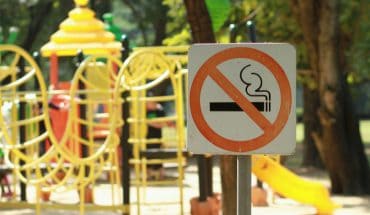Children start to develop the basic skills that underlie map reading from the age of four – according to new research from the University of East Anglia.
A new study published today reveals that they become able to use a scale model to find things in the real world.
The study involved 175 two to five-year-olds and is the largest of its kind.
The team say that this new spatial ability potentially lays the foundations for maths and science skills.
Lead researcher Dr Martin Doherty, from UEA‘s School of Psychology, said: “We wanted to find out when children can use scale models or maps to learn things about the world.
“So we played a hiding game with 175 children aged between two and five years old. We showed them a sticker hidden in a model of a room, and then they had to look for another sticker in the ‘same place’ in another model of the room.
“The two and three-year-olds were not able to recognise that the spatial arrangements in the model rooms were the same. But from about four years old, they were able to use one model room as a guide to finding the object in the other.
“This means that children start to develop the basic skills that underly map reading from the age of four.
“Based on these findings we predict children can read simple maps from around the age of four. Extending our methods to maps would help resolve a controversial developmental question,” he added.
The study resolves a debate about whether understanding models is a representational ability or a spatial one.
Previous research had claimed that understanding models showed an understanding of representation. But the UEA team found that it is about understanding spatial layout, and that complex concepts like representation were not involved.
“This tells us that map-reading may be cognitively simpler than previously thought,” added Dr Doherty.
‘Understanding of spatial correspondence does not contribute to representational understanding: Evidence from the Model Room and False Belief task’ is published in the journal Developmental Psychology.
- New lipid-based pathway discovered as key to memory formation - 25th June 2025
- Crucial link could explain how Alzheimer’s takes hold - 25th June 2025
- Understanding Your Mind Can Improve Daily Life - 25th June 2025







